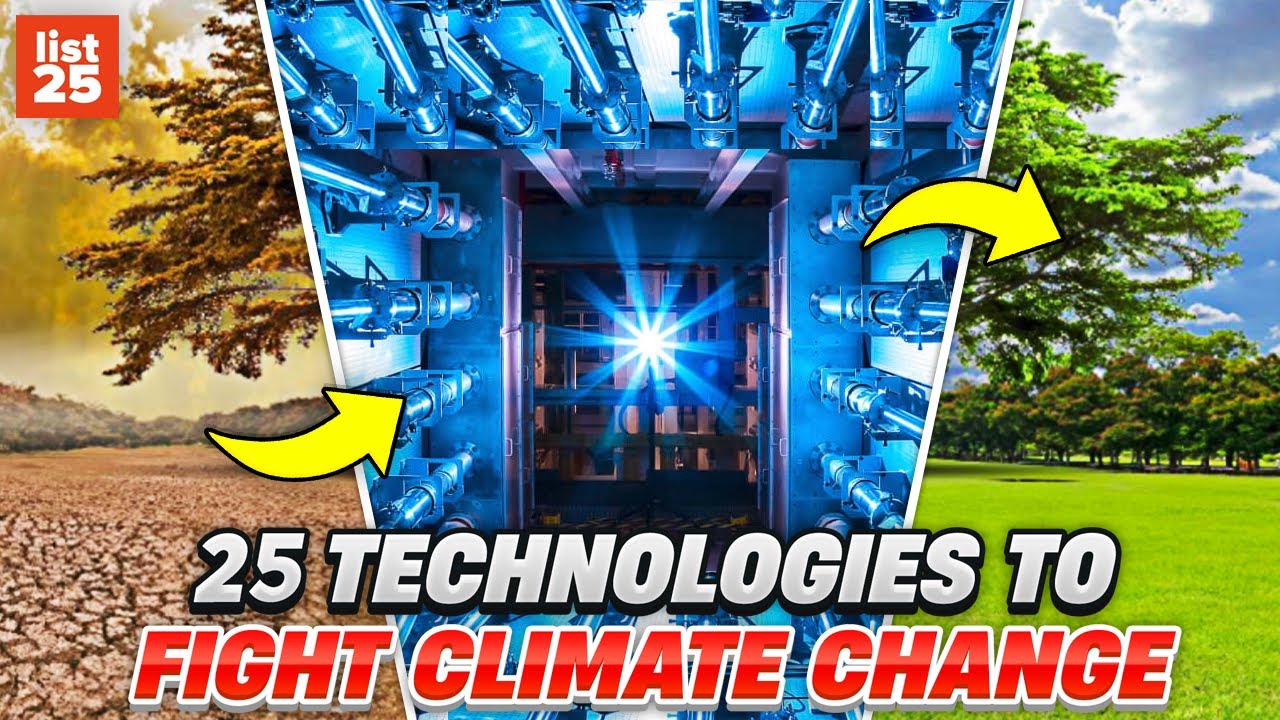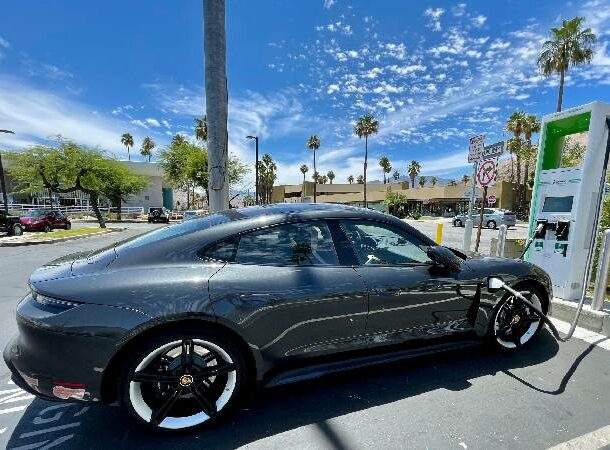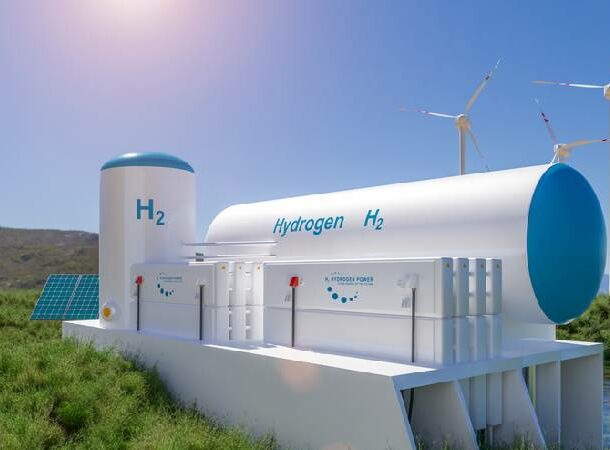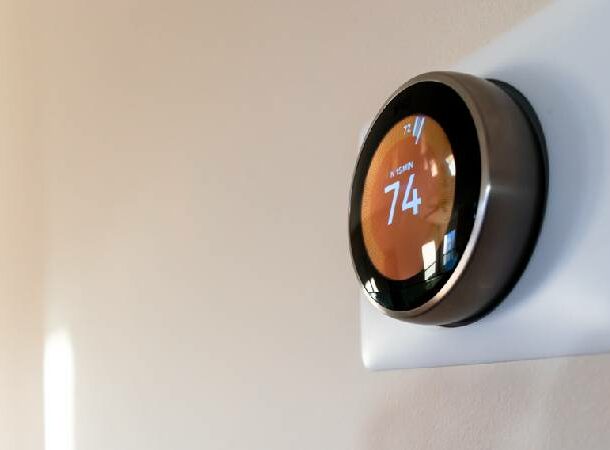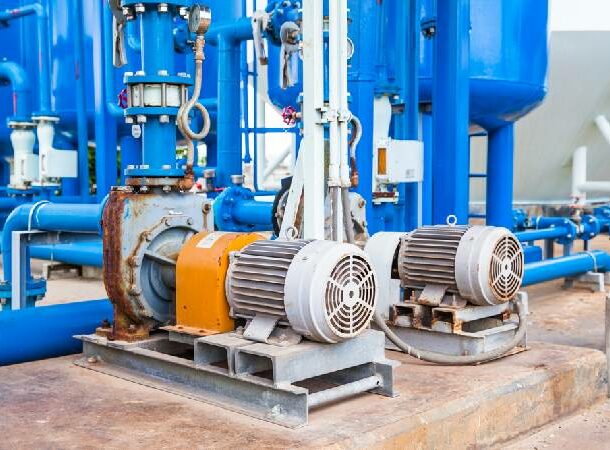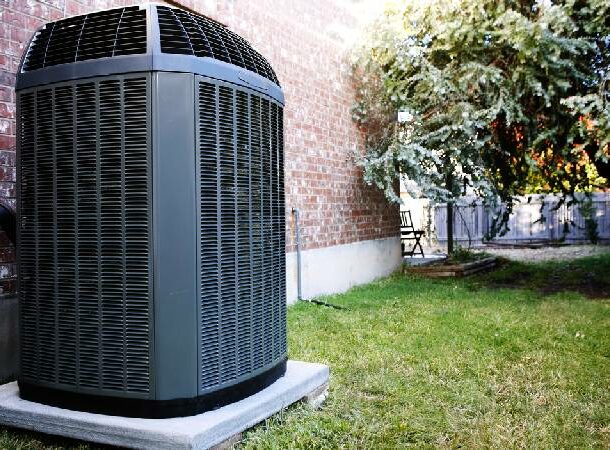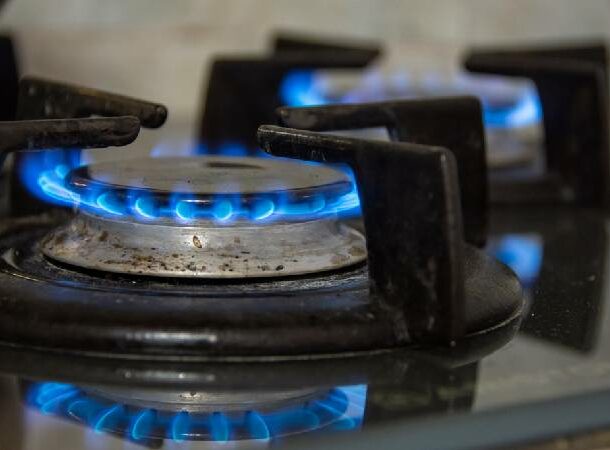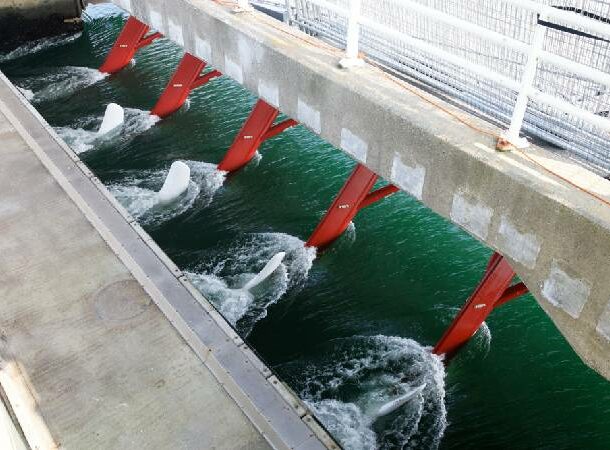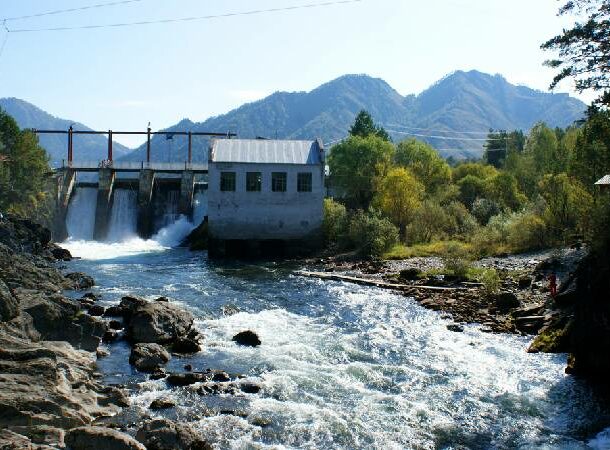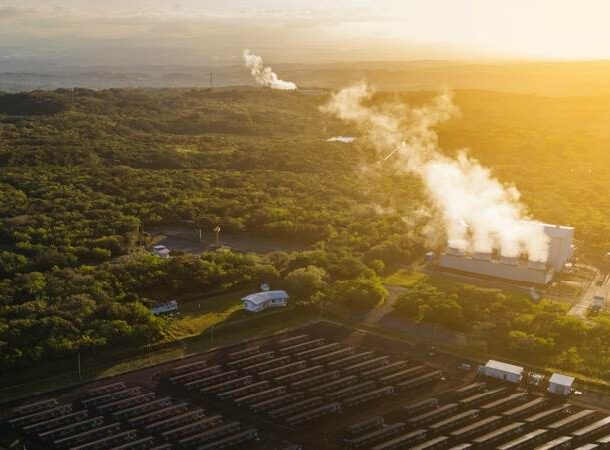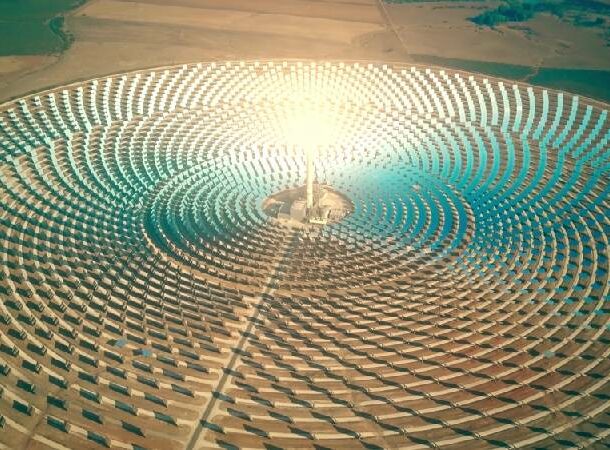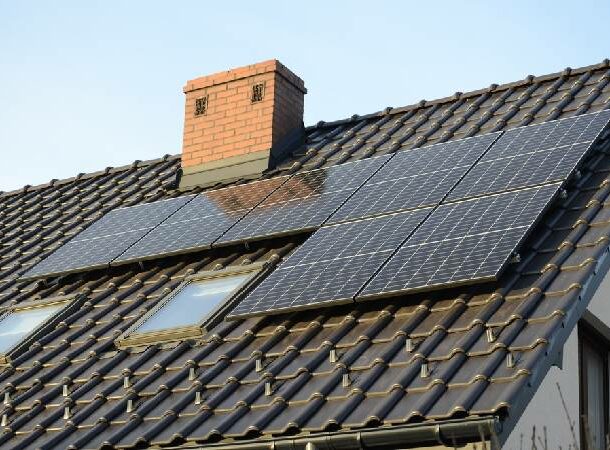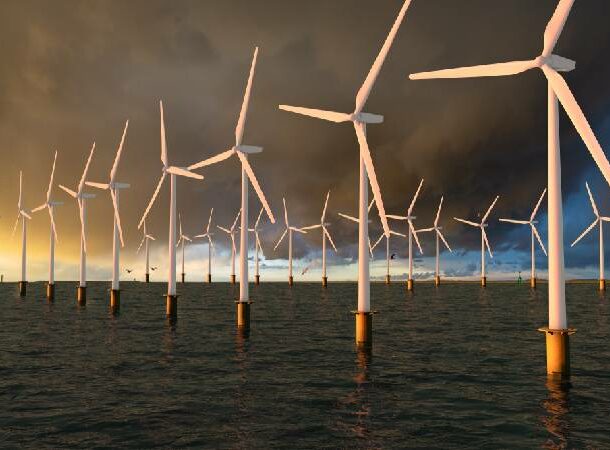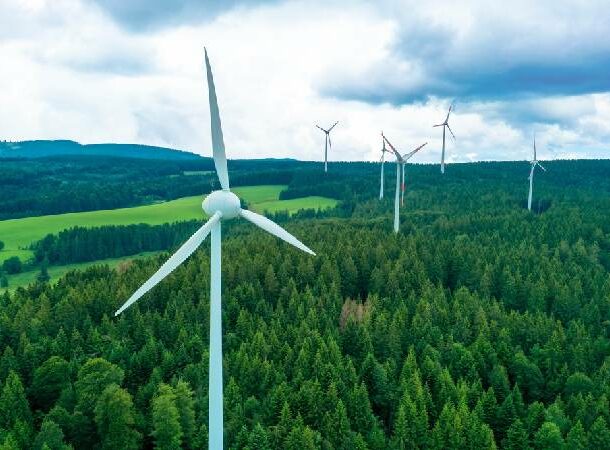In September 2022, the World Economic Forum’s Climate Trade Zero initiative published a report detailing several climate-friendly technologies urging governments to prioritize investing in them to combat climate change and mitigate its harmful effects. These technologies encompass different sectors, including energy supply, transportation, and construction.
Here are 25 promising technologies to fight climate change.
What is CCS? It is the process whereby carbon dioxide (CO2) is captured before it enters the atmosphere and pollutes it, to be then transported and stored. Carbon dioxide can then be kept in storage for hundreds or even thousands of years. CCS prevents emissions of carbon dioxide generated by large industries. It is easy to see why. Electric cars have zero exhaust emissions and are quieter than cars fueled by gas, which also contributes to reducing noise pollution. This type of vehicle needs to be charged, and this can be done in public areas or in a house where a charging station has been previously installed. Instead of gas turbines or diesel engines, electric trains are powered by electricity. The electricity that electric trains use can come from different sources such as batteries, a third rail (also known as a conductor rail or a live rail), or overhead electricity lines. The production of hydrogen comes from different natural resources including biogas (gas produced from animal manure), solar and wind renewable power, natural gas, and nuclear power. Hydrogen is considered a climate-friendly alternative to methane (natural gas). More needs to be done to harness larger quantities of hydrogen for fuel. Automation systems can be used in a wide variety of industries and be highly efficient, flexible, and effective. In the long run, the usage of thermostats and the information they provide can save money for businesses and households while also contributing to fighting climate change. Well-insulated buildings and homes are better places to inhabit for human beings as they help to keep temperatures comfortable but also prevent excessive emissions. However, the three kinds of high-performance glass (low-e glass, solar control glass, and solar low-e glass) deliver thermal insulation which, in turn, improves energy efficiency. Solar cookstoves run on power from solar panels that have been stored in batteries. They are a practical solution both in terms of saving energy and using renewable power. In contrast to traditional incandescent lighting, which tends to be dimmer while using a lot of energy, LED light bulbs create a lot of light just by using a small portion of the same energy. In its report, the World Economic Forum’s Climate Trade Zero initiative recommends using efficient motors internationally rated 3 or higher. A high-efficiency heat pump will make a house cooler in summer, and warmer in winter by moving heat from the outdoors into the house. As such, they are a climate-friendly alternative to heaters and AC units. Stoves fueled by biogas are more energy efficient than traditional stoves. The good news is that existing stoves can be easily modified to become suitable for biogas. Biogas stoves are already in use in some isolated areas of the third world. Tidal energy is one of the made sources of renewable energy. It is obtained from the ocean using special generators that turn the energy produced by the surge of water into electricity. Small Hydropower is flexible and can encompass between 10 and 30 megawatts (MW). In some countries, a small hydro can produce more significant amounts of electricity. For example, the National Hydropower Association establishes 5 MW as the minimum limit in the United States, but up to 50 MW is usually also considered small. This assessment is also the case in other large industrial nations such as Canada and China. Small Hydropower is particularly popular in Asia. For example, small Hydropower in China provides electricity to isolated rural areas. But this solution is also suitable for countries in Africa and the Americas. How is geothermal energy created? It comes both from the formation of our planet and from radioactive decay. As far back as the Paleolithic age, there is evidence that humans used it for warm baths. Later, the Romans also used it as a source for indoor heating spaces. Advanced technology has made the generation of electricity from thermal energy more easily exploited, but we are currently only using a small portion of it. Biomass can be fuel for practical domestic uses such as heating or cooking. Different types of solar PV systems store and distribute this renewable energy. The main difference is that most have battery storage while others do not. Although offshore wind power farms usually are installed at sea, there can also be built in other large bodies of water. Usually, onshore wind power plants are built in unpopulated areas with minimal negative environmental impact (i.e., areas with low conservation value). This plan avoids harming local fauna and flora (primarily birds). Instead, the usage of alternative refrigerants will have a positive impact on reducing Carbon dioxide (CO2) emissions. The great news is that alternative refrigerants are not only good for the environment but also more affordable and efficient than HFC refrigerants.
